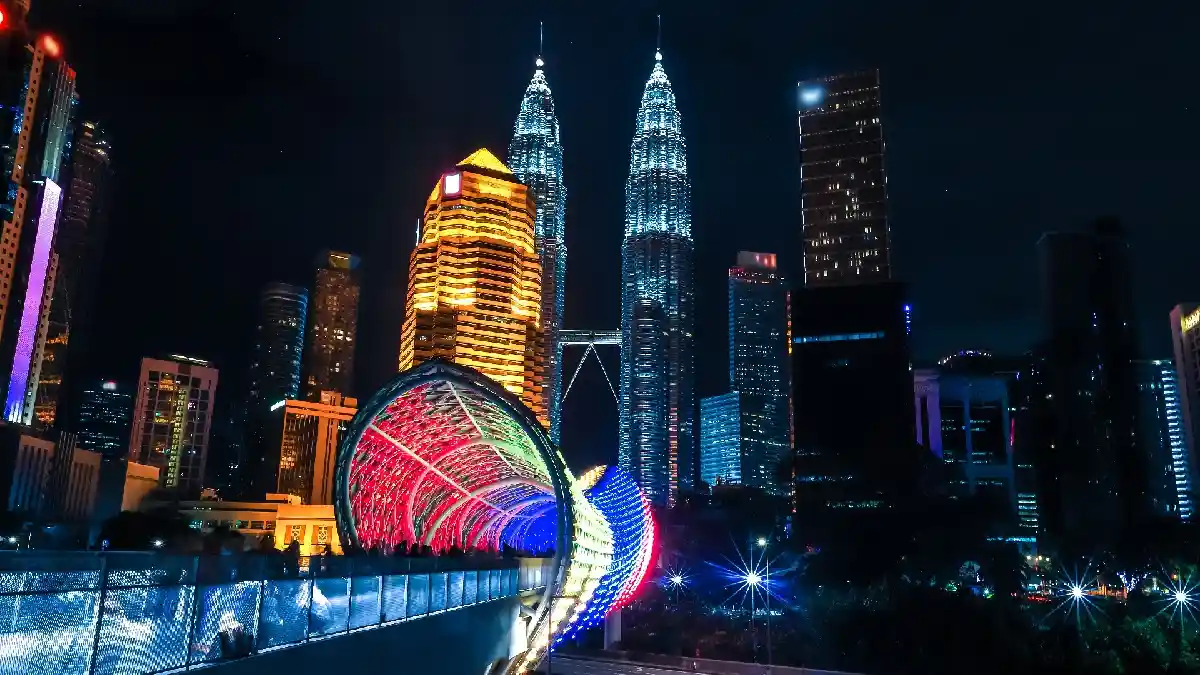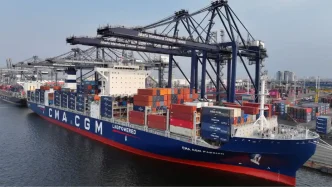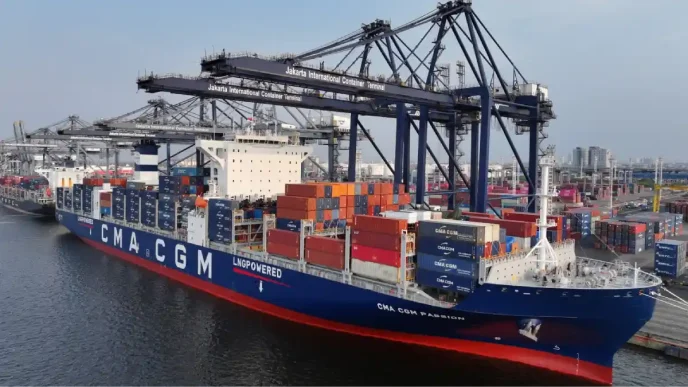Malaysia has set an ambitious target of sustaining an average annual GDP growth rate between 4.5% and 5.5% through 2030, as outlined in the recently tabled 13th Malaysia Plan (13MP). Prime Minister Datuk Seri Anwar Ibrahim, unveiling the plan in parliament on July 31, 2025, emphasized the nation’s potential to achieve a 5% average growth rate from 2021 to 2025, positioning it at the median of the targeted range for the next five years. Amid global economic uncertainties, however, economists caution that while the goals are realistic, significant domestic and international challenges lie ahead.
A Bold Economic Blueprint
The 13MP, a five-year roadmap to reshape Malaysia’s economy, builds on the country’s recent performance, which saw an average annual GDP growth of 5.2% from 2021 to 2024, outpacing global trends during the same period. Anwar highlighted that this growth was driven by robust contributions from the services, manufacturing, and construction sectors, reflecting a strategic shift toward a value-creation-based economy. He also noted that approved investments between 2021 and 2024 reached an unprecedented RM1.29 trillion (~US$305 billion), with a record high of RM384 billion (~US$91 billion) in 2024 alone, growing at an annual rate of 23.1%.
Beyond GDP targets, the plan aims to elevate Malaysia to high-income nation status by increasing gross national income (GNI) per capita to RM77,200 (~US$18,300) by 2030. Additionally, gross exports are projected to grow by 5.8% annually, capitalizing on expanding trade opportunities, while the fiscal deficit is expected to be reduced to under 3% of GDP, down from 5.5% in 2022 to 4.1% in 2024. Anwar underscored the government’s commitment to fiscal consolidation, citing a reduction in new debt from RM99.4 billion (~US$23.5 billion) in 2022 to RM76.8 billion (~US$18.2 billion) in 2024.
“The framework of the 13MP aims to restructure the economy, and longer depend only on producing basic products like agriculture, industrial, and services. Economic engagement needs to be rejuvenated by a shift to value creation in all sectors” Anwar stated on July 31, 2025.
Optimism Tempered by Caution
Economists have expressed a mix of optimism and caution regarding the feasibility of these targets. An analyst from a foreign research firm described the GDP growth goal as “realistic but ambitious” pointing to Malaysia’s strong economic base over the past five years despite global moderation. The analyst praised the plan’s focus on private-sector-led demand, high-value industries, and digital transformation, including the adoption of artificial intelligence (AI), as critical to sustaining mid-to-high growth. However, achieving the upper end of the growth target will depend on several factors, including private sector participation, with the government estimating a required investment of RM611 billion (~US$145 billion), of which RM61 billion (~US$14.5 billion) is expected from public-private partnerships (PPPs).
Other influencing factors include the global trade environment, political and policy stability, and the effective execution of public investment plans, such as the RM430 billion (~US$102 billion) allocated for development spending under the 13MP. Economist Geoffrey Williams echoed the sentiment of ambition, noting that Bank Negara recently downgraded its 2025 GDP growth projection to between 4% and 4.8%. He suggested that Malaysia’s underlying growth potential is closer to 4% to 5%, but added that inflation, currently stable between 2% and 3%, poses no immediate concern, with recent price pressures attributed to external factors.
Challenges in Raising Income and Controlling Inflation
One of the 13MP’s flagship objectives is to raise GNI per capita, but analysts warn of structural challenges in achieving this while maintaining inflation within the targeted 2% to 3% range. A key issue is the balance between wage growth and productivity, particularly in the fragmented services sector. The foreign research analyst cautioned that if wage increases outpace productivity gains, inflationary pressures could emerge, undermining real income growth. Additionally, food and energy security remain vulnerabilities, as supply-side disruptions or fuel subsidy rollbacks could drive up costs. While headline inflation stood at a low 1.1% in June 2025, the analyst noted that this figure may not fully capture cost-of-living pressures in housing, transport, and food.
Human capital development also poses a hurdle. A skills mismatch in the workforce could hinder Malaysia’s transition to high-value sectors like semiconductors and AI. Without targeted upskilling programs and stronger industry-academia alignment, GNI growth may stagnate, and structural unemployment risks could rise. To address these issues, the analyst suggested that the government prioritize upskilling initiatives tied to high-growth industries, maintain subsidy rationalization with robust social safety nets to cushion inflation shocks, and promote research and development incentives to drive productivity-led growth rather than mere capital accumulation.
Fiscal Reforms and Support for MSMEs
A cornerstone of the 13MP is fiscal reformation, with a focus on channeling financial assistance to vulnerable groups and ensuring cost efficiency in public infrastructure projects. Anwar emphasized that the government aims to optimize returns for the rakyat (citizens) by prioritizing value-for-money in all spending. This approach is evident in the plan’s commitment to reducing the fiscal deficit while continuing to invest in transformative projects.
Another key target is to increase the contribution of micro, small, and medium enterprises (MSMEs) to 50% of GDP by 2030. This will be supported by creating a progressive MSME ecosystem, bolstered by government-linked companies through capacity development programs, digitalization, and operational improvements. Initiatives such as the Strategic Co-Investment Fund and the SME Capacity and Capability Enhancement Scheme have already been introduced to support this goal. Anwar framed these efforts as part of a broader strategy to empower smaller businesses, which form the backbone of Malaysia’s economy, to compete in a value-driven market.
Looking Ahead: Balancing Ambition and Reality
The 13th Malaysia Plan represents a bold vision to position Malaysia as a high-income nation by the end of the decade, leveraging recent economic successes and targeting structural reforms. However, its success hinges on navigating a complex landscape of domestic challenges and global uncertainties. Private sector engagement, effective policy execution, and addressing structural weaknesses in productivity and human capital will be critical to achieving the plan’s ambitious targets.
As Malaysia moves forward with the 13MP, questions remain about how the government will balance wage growth with inflation control and whether global headwinds will temper export-driven ambitions. For now, Anwar’s administration appears committed to a path of fiscal discipline and economic transformation, but the road ahead is far from assured. With development spending and private investments set to play pivotal roles, the coming years will test whether Malaysia can sustain its momentum and emerge as a leader in the region’s economic landscape.
















